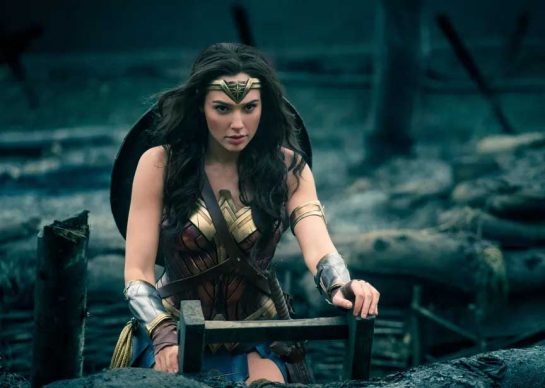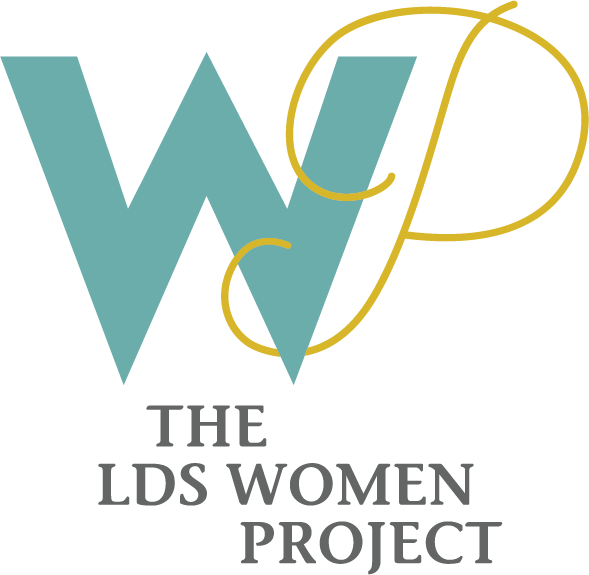Gospel Doctrine lesson #43.
I have never been much of a super hero movie fan—all that beating people up, blowing stuff up, superheroes wearing ridiculous body armor, and that bad guy versus good guy stuff. That is, until I watched Wonder Woman. There was still a lot of beating people up, blowing stuff up, wearing ridiculous costumes, and that bad guy (and a gal) versus good guy (and lots of gals) stuff.
I’ve seen the movie twice. As I watched the second time, I felt chills again as Diana, tired of hunkering down and knowing she has the skills to make a difference, removes her cloak and dressed in armor, she grabs her shield, and runs onto the battlefield, taking on enemy fire, allowing her comrades to get to the town, so that she and them can liberate the captured civilians.

Image. Warner Brothers
That scene has remained with me. Yes, Diana was blessed with superpowers, yet she didn’t let them remain dormant or merely rely on her talents. She trained hard, strengthening and refining her skills, and doing so purposefully and intensely. She knew she had a mission, a task to perform, and she was honest and brave, without guile and motivated by love, as she moved towards her goal of restoring peace and harmony and connectedness.
War imagery is at the heart of the LDS narrative: there was a war in heaven and this war between good and evil rages on in this mortal life. We need to be armed with weapons and armor to protect us from evil. There are always casualties in this narrative. There are winners and losers; it’s our goal in this story of our lives to not fall prey to the fiery darts and arrows of our enemies. We must be the victors. Yet, I’ve been thinking more and more about the casualties, particularly times when I’m the wounded one.
I recognize there is real evil in our world—institutions and people who want to gain power at others’ expense and cause harm and destruction and pain. I consider the identity of these enemies. Who might they be? I worry about mislabeling potential allies as enemies. I often consider how society seeks to build walls (figuratively and literally), wants us to retreat and isolate rather than vulnerably engage, wants us to attack rather than to sincerely listen and understand, wants us to view those around us as enemies rather than our allies.
But perhaps, the better question: Is it I? Am I the enemy? Do I allow my (inner) voice to be a critic or friend? Does my language about others and myself reflect a desire to include? Does it edify and build connection? Do I hunker down in my comfortableness and privilege when I ought to engage? Do I use fear and shame as a weapon? Do I rely too much on my talents (aka my superpowers) without also doing the emotional work to forge bonds and alliances? Am I purposeful and brave in protecting the vulnerable regardless of the cost? Do I seek peace and harmony over a desire to be right? Am I motivated by love and a desire for connection? Do I wear armor in order to be an attacker or to be a warrior aimed at creating a world of safety, connection, and harmony for all—and not just the people I like or who look and think and do like me?
In Brené Brown’s latest book, Braving the Wilderness, she discusses the importance of connection. She writes, “…the more we’re willing to seek out moments of collective joy and show up for experiences of collective pain—for real, in person, not online—the more difficult it becomes to deny our human connection, even with people we may disagree with. Not only do moments of collective emotion remind us of what is possible between people, but they also remind us of what is true about the human spirit” (p. 129).
That’s the type of superhero I want to be. I want to be a person who shows up for others, who doesn’t use her armor for solely her own protection, but who stands her ground for the collective good. This is the type of armor I want to wear.
I want to be that wonder woman.
